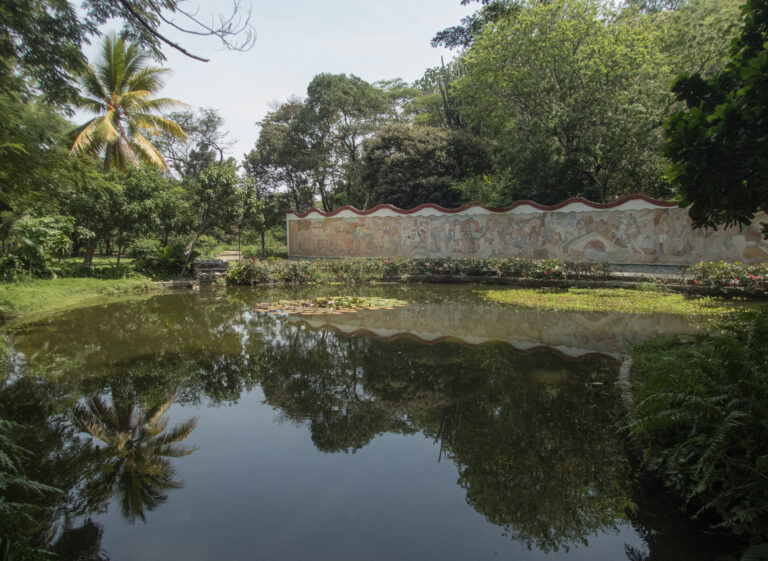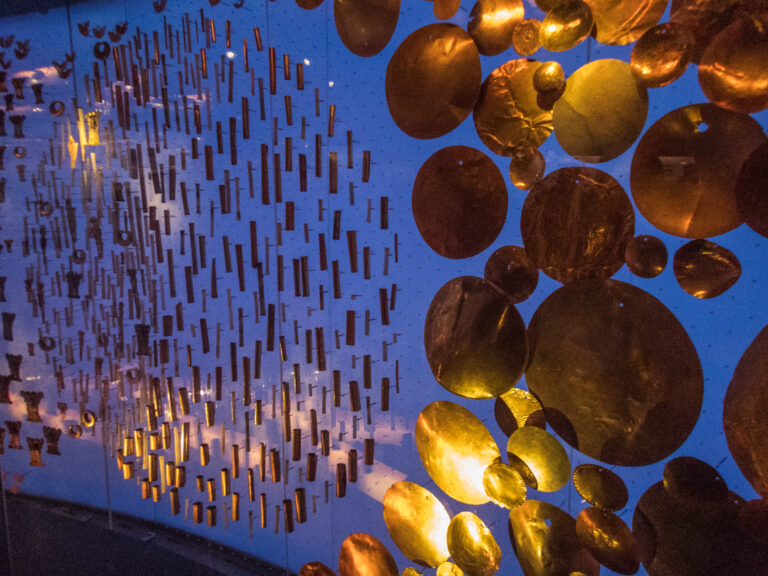Boquete – In Search of the Quetzal
Boquete

The town of Boquete is set in the highlands in the west of Panama and lies a short distance from the active Volcán Barú. The volcano is Panama’s highest point at 3474 metres.
The demands of increasing tourism and expatriate life has moulded the development of Boquete. Surprisingly, fifteen to twenty per cent of the population are expatriates, mostly Canadian and American. An advantage for travellers is that that has brought good accommodation and a wide choice of international restaurants. On the outskirts of town is a small and well-serviced shopping mall, Plaza San Francisco.
In Search of the Quetzal
The Sendero de los Quetzales (the quetzal trail) is a main attraction for people visiting the area. The resplendent quetzal was the sacred bird of the Aztecs and the Maya. It is a major symbol throughout Central America, and is the regions very own bird of paradise. However, it is more elusive than I had imagined. I’m used to birding, but would never have seen a quetzal without the help of my guide, Jason. We were lucky; it had been several days since he had last spotted one. (Click here for more information on the Resplendent Quetzal).




Gámez Island
Gámez Island is one of several uninhabited Pacific islands that are easy to visit on an organised trip from Boquete. It is a beautiful drive through the highlands down to the coast to where we took the boat from Boca Chica. We were lucky with the weather and the boat trip was calm. On the July day that I went, the undercurrents were strong and there was no visibility for snorkelling. However, the pristine beaches on either side of Gámez are reason alone to visit.




Tanks
After a few peaceful days based in Boquete, I organised to take a bus back to Panama City. What could possibly go wrong? The journey began smoothly. I was on the second deck of the bus watching the World go by. We passed through the capital city of the Chiriquí Province, David. All was well.
Unexpectedly, the traffic began to slow down until, eventually, it came to a stand still. After a couple hours of waiting, most of us started to get agitated. Then, the nervous chatter became heightened as we saw army vehicles speeding past us.
The indigenous people of the Ngäbe Buglé region were protesting against mining and lack of road access. They had blocked the flow of traffic with a tank. Either which way, it didn’t look very favourable. Furthermore, I had found out from people on the bus that protests of this type had sometimes lasted for twenty-four hours or more. Several vehicles began to turn around to go back towards David. That seemed like a good plan; I managed to hop onto a bus going back to David, and flew from there.





